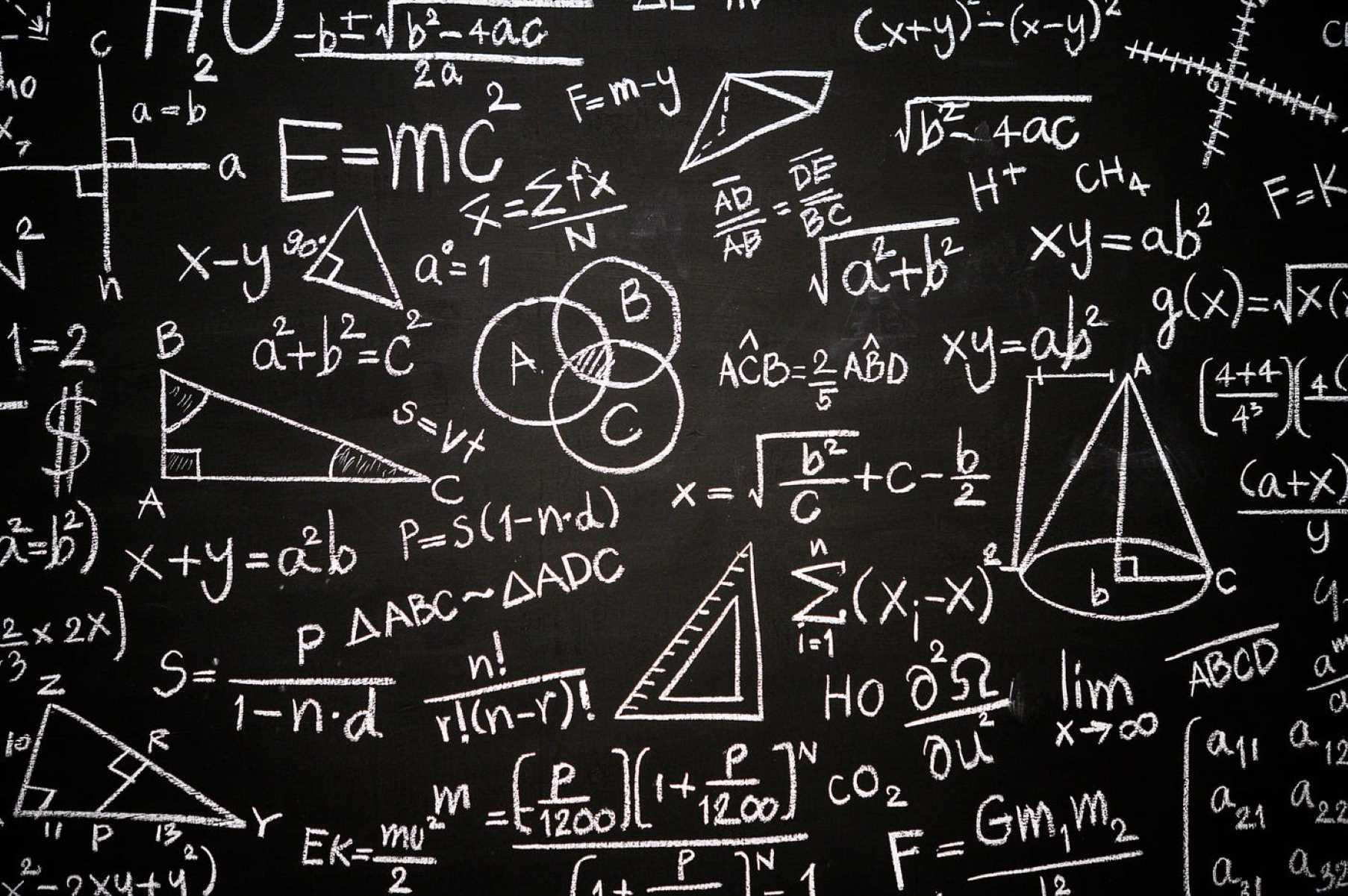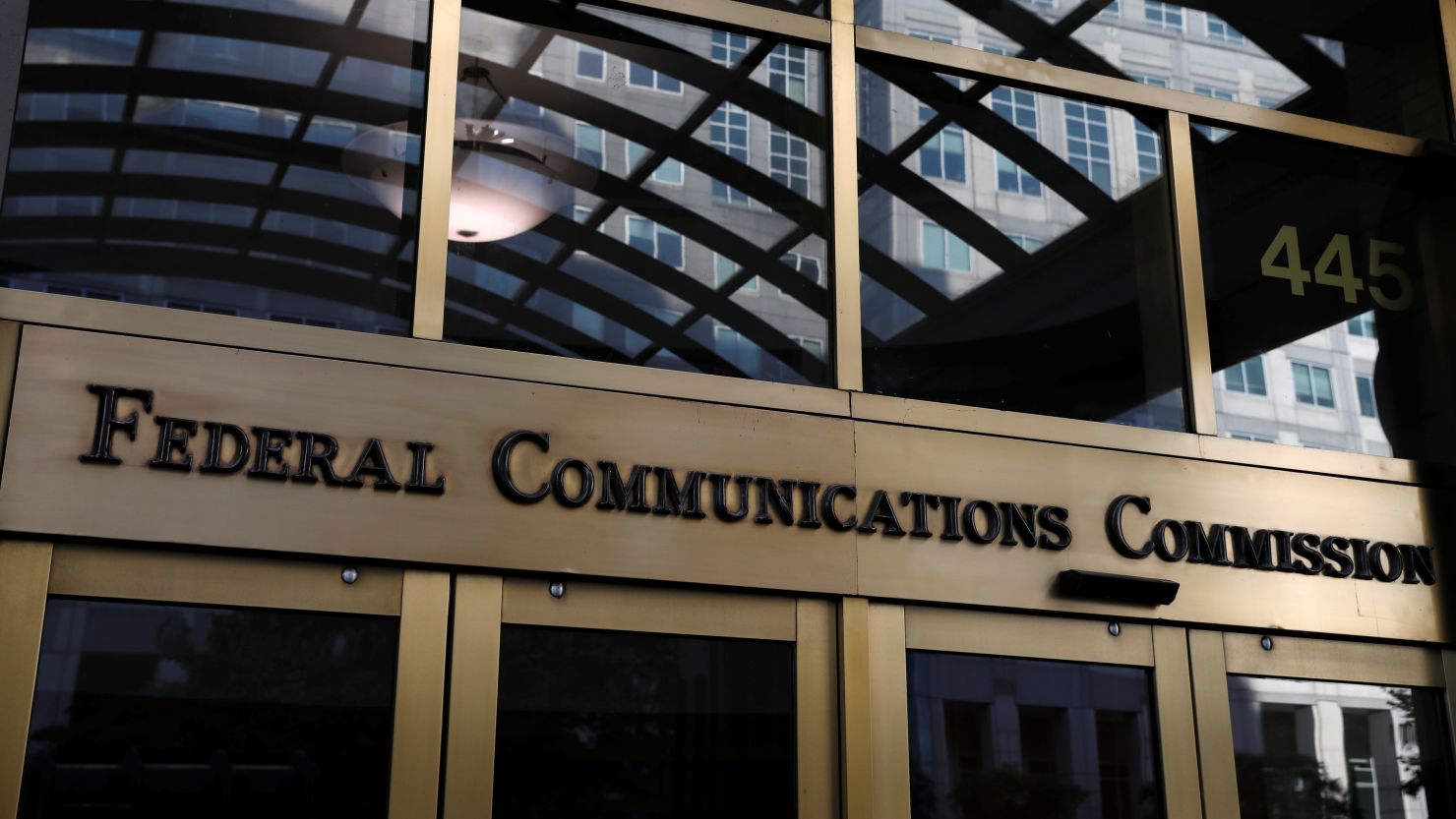
The Renaissance period, which spanned from the 14th to the 17th century, was a time of great intellectual and artistic growth in Europe. While it is often associated with advancements in art, literature, and science, the Renaissance also brought significant developments in the field of mathematics. During this period, scholars made groundbreaking discoveries and laid the foundation for many mathematical concepts that are still used today. In this article, we will explore 11 fundamental Renaissance math facts that showcase the ingenuity and brilliance of mathematicians of that era. From the developments in algebra and geometry to the invention of new number systems, these facts will give you a glimpse into the fascinating world of Renaissance mathematics and its impact on modern math.
Key Takeaways:
- The Renaissance was a time of math magic! From the Fibonacci sequence to the golden ratio, math was everywhere, shaping art, science, and our understanding of the world.
- Math wasn’t just numbers in the Renaissance – it was a whole new way of thinking! The era brought us calculus, negative numbers, and even math societies, sparking a love for puzzles and problem-solving.
The Fibonacci sequence was introduced during the Renaissance.
The Fibonacci sequence, named after the Italian mathematician Leonardo of Pisa, was popularized during the Renaissance. It is a series of numbers in which each number is the sum of the two preceding ones, starting from 0 and This sequence has fascinating mathematical properties and is found in various natural and artistic phenomena.
Leonardo da Vinci explored the golden ratio in his artwork.
Leonardo da Vinci, one of the greatest figures of the Renaissance, was not only a renowned artist but also a mathematician. He extensively studied the golden ratio, a mathematical concept that creates visually pleasing proportions. Da Vinci incorporated this ratio into his famous paintings, such as the Mona Lisa and The Last Supper, enhancing their aesthetic appeal.
Nicolaus Copernicus proposed the heliocentric model of the solar system.
Nicolaus Copernicus, a Renaissance-era astronomer, revolutionized our understanding of the cosmos. He formulated the heliocentric model, which placed the sun at the center of the solar system instead of the Earth. This groundbreaking concept challenged long-held beliefs and paved the way for the scientific revolution.
Galileo Galilei made significant contributions to the field of physics.
Galileo Galilei, an Italian scientist and mathematician, played a pivotal role in advancing our knowledge of physics during the Renaissance. He conducted experiments and made observations using his inventions, such as the telescope. Galileo’s discoveries, including the laws of motion and the principle of inertia, laid the foundation for modern physics.
The Renaissance saw advancements in algebra and mathematical notation.
During the Renaissance, mathematicians made significant progress in the field of algebra. They developed new symbols and notation systems to represent mathematical operations, which simplified complex calculations and made them more accessible. These innovations paved the way for further advancements in mathematics.
The concept of negative numbers gained acceptance in the Renaissance.
Before the Renaissance, negative numbers were widely regarded as being nonsensical. However, during this period, mathematicians started to recognize the importance of negative values in various mathematical operations. This shift in mindset led to the widespread acceptance of negative numbers in mathematics.
Renaissance mathematicians made important contributions to geometry.
Mathematicians during the Renaissance made major breakthroughs in the field of geometry. They expanded on Euclidean geometry and developed new geometric theorems and principles. These advancements laid the groundwork for future developments in the field of mathematics.
The Renaissance saw an increased focus on mathematical reasoning.
During the Renaissance, there was a growing emphasis on using mathematical reasoning to understand the world. Scholars believed that mathematics provided a rational framework for studying various phenomena and sought to apply mathematical principles to different disciplines, leading to new insights and discoveries.
The Renaissance witnessed the rise of mathematical societies and academies.
As the importance of mathematics grew during the Renaissance, various mathematical societies and academies were established. These institutions provided a platform for mathematicians to collaborate, share their findings, and further advance the field. Prominent mathematical societies, such as the Accademia dei Lincei, played a crucial role in fostering mathematical innovation.
The Renaissance contributed to the development of calculus.
The Renaissance period played a significant role in laying the foundations of calculus. Mathematicians like Isaac Newton and Gottfried Wilhelm Leibniz built upon the work of their predecessors and developed the fundamental principles of calculus. This branch of mathematics revolutionized our understanding of change and has applications in various scientific fields.
The Renaissance sparked a renewed interest in mathematical puzzles and recreational mathematics.
During the Renaissance, there was a renewed fascination with mathematical puzzles and recreational mathematics. Mathematicians and scholars indulged in solving intricate puzzles and exploring mathematical curiosities purely for intellectual enjoyment. This renewed interest led to the development of new strategies and techniques in problem-solving.
Conclusion
In conclusion, the Renaissance period was not only a time of groundbreaking advancements in art and literature, but also in the field of mathematics. From the discovery of new mathematical concepts to the development of innovative calculation methods, the Renaissance has left a lasting impact on the world of numbers.During this era, mathematicians like Leonardo da Vinci, Galileo Galilei, and Johannes Kepler made significant contributions to various mathematical disciplines. They expanded our understanding of geometry, algebra, and even astronomy through their groundbreaking research and discoveries.These 11 Renaissance math facts highlight the incredible achievements and ingenuity of the mathematicians during this period. From Leonardo da Vinci’s perfect proportion studies to Galileo Galilei’s experiments with falling objects, these facts showcase the interdisciplinary nature of Renaissance mathematics.Overall, the Renaissance was a pivotal era that not only brought about a revival in art and culture but also revolutionized the field of mathematics. The legacy of these Renaissance mathematicians continues to inspire and shape the world of mathematics today.
FAQs
1. How did the Renaissance contribute to the development of mathematics?
The Renaissance period saw a resurgence in learning and intellectual inquiry, leading to significant advancements in various fields, including mathematics. Mathematical concepts and calculation methods were refined, and new theories and formulas were developed during this time.
2. Who were the prominent mathematicians of the Renaissance?
Some of the prominent mathematicians of the Renaissance include Leonardo da Vinci, Galileo Galilei, Johannes Kepler, and Niccolò Fontana Tartaglia. Each of these mathematicians made significant contributions to various mathematical disciplines.
3. What were some of the key mathematical discoveries during the Renaissance?
During the Renaissance, mathematicians made groundbreaking discoveries in different areas. Leonardo da Vinci explored the concept of perfect proportion, Galileo Galilei conducted experiments on falling objects, and Johannes Kepler developed laws of planetary motion based on astronomical observations.
4. How did the Renaissance influence modern mathematics?
The Renaissance laid the foundation for the development of modern mathematics by introducing new concepts, refining calculation methods, and expanding the understanding of various mathematical disciplines. Many of the basic principles and formulas used in mathematics today can be traced back to this period.
5. How does the intersection of art and mathematics manifest in the Renaissance?
The Renaissance period witnessed a strong relationship between art and mathematics. Artists incorporated mathematical principles, such as geometry and proportion, into their artwork, creating visually stunning and technically accurate masterpieces. The application of mathematical concepts in art showcased the interdisciplinary nature of Renaissance culture.
Was this page helpful?
Our commitment to delivering trustworthy and engaging content is at the heart of what we do. Each fact on our site is contributed by real users like you, bringing a wealth of diverse insights and information. To ensure the highest standards of accuracy and reliability, our dedicated editors meticulously review each submission. This process guarantees that the facts we share are not only fascinating but also credible. Trust in our commitment to quality and authenticity as you explore and learn with us.


